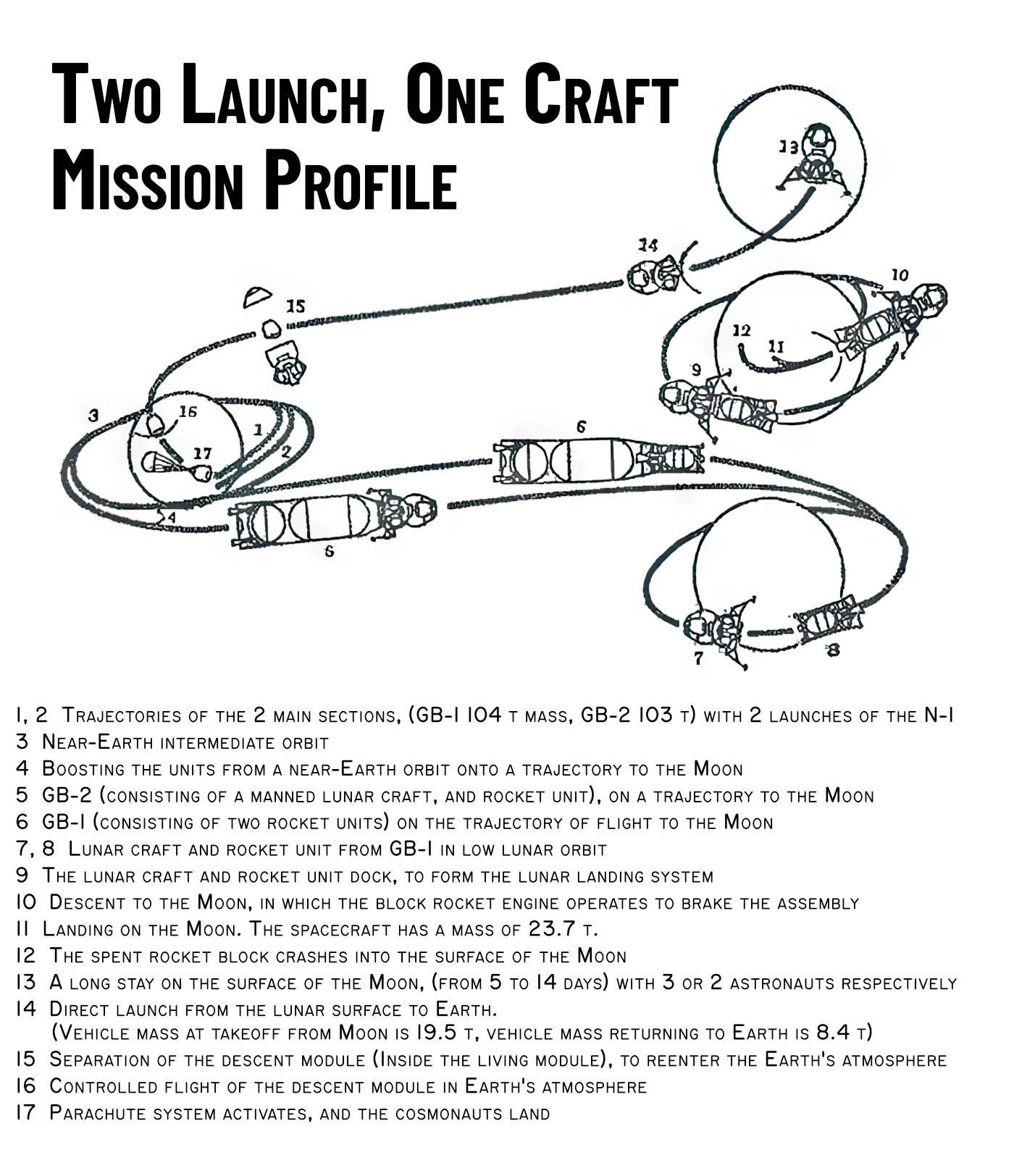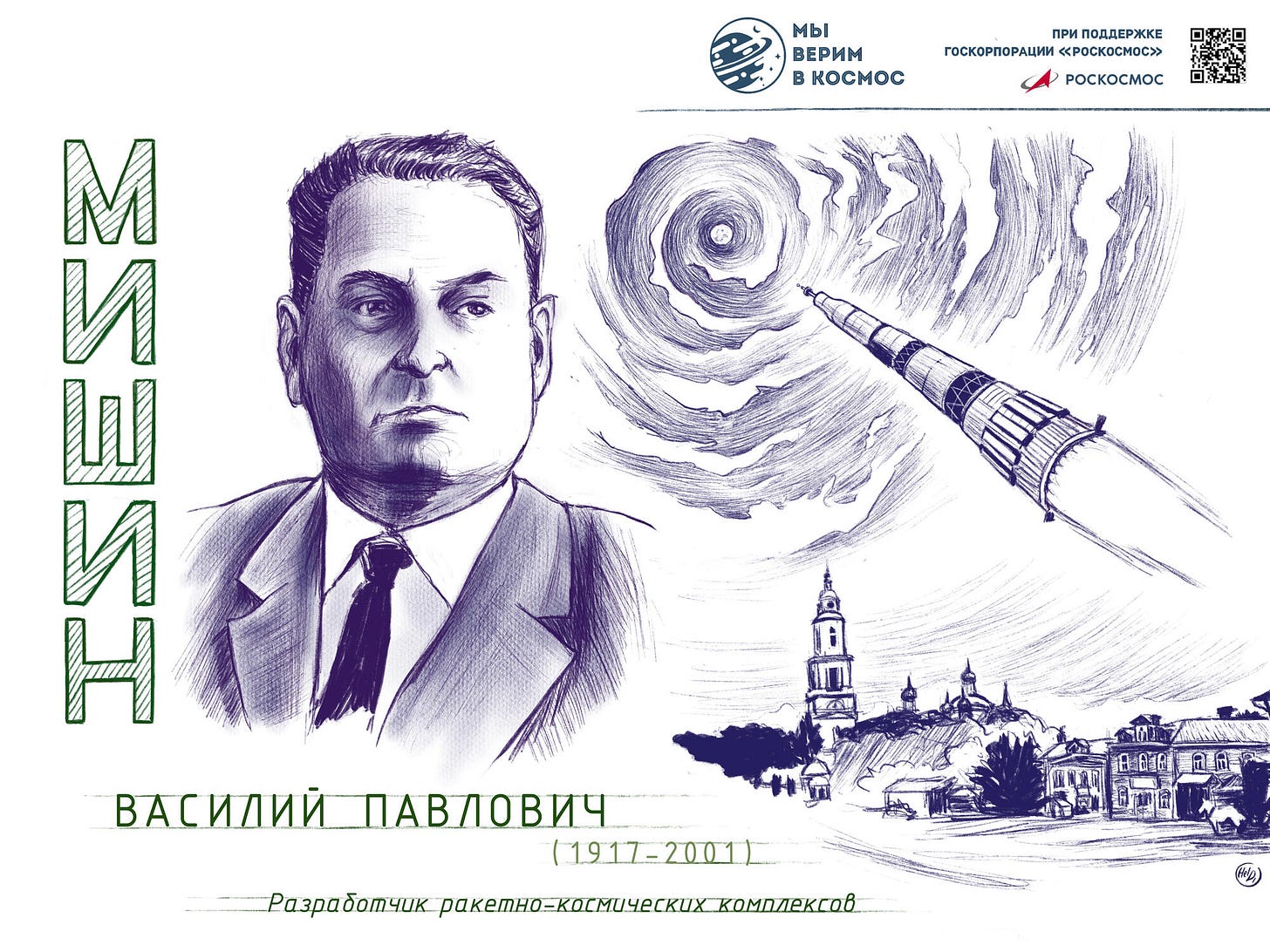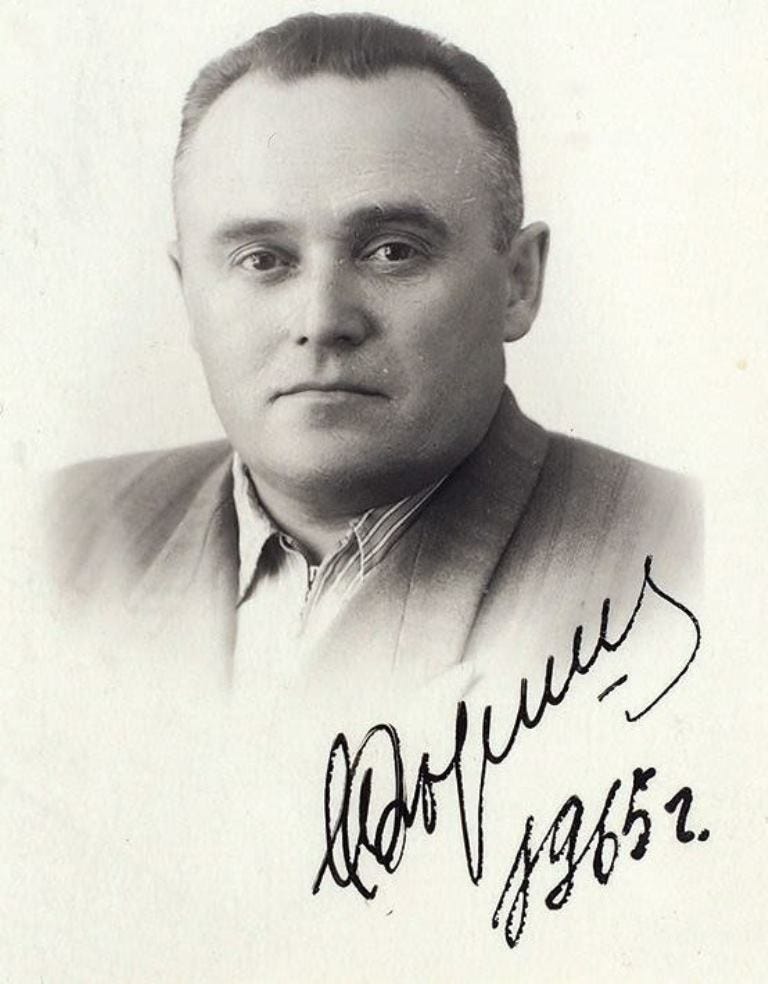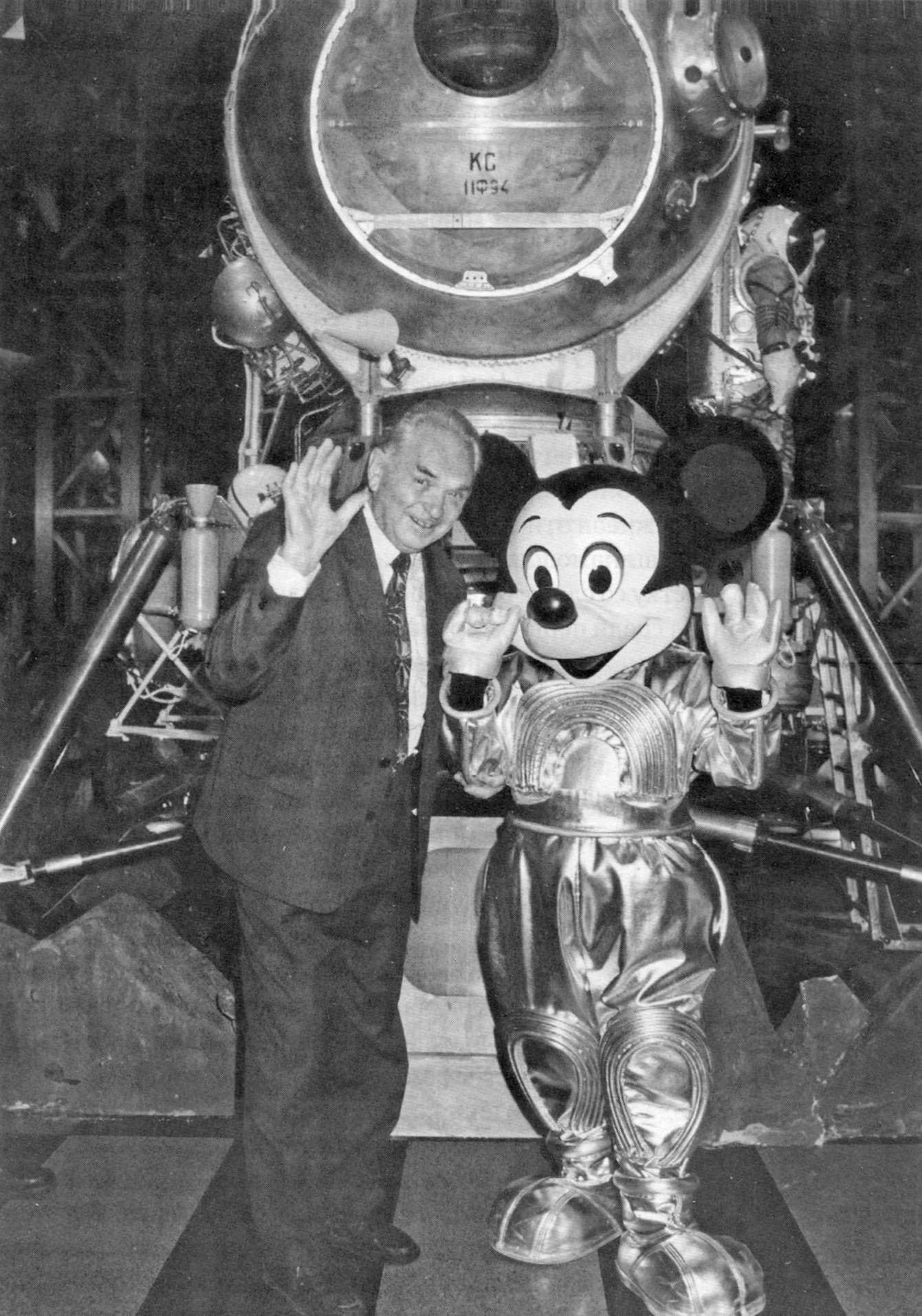Note from Nick:
I recently came across an electronic copy of a short book by Vasily Mishin, (and a few others), covering their assessment of why the Soviet Crewed Lunar Program failed. I have translated a key part of the text, using DEEPL translation software, with minor rewording for clarity.
For those unfamiliar, Mishin was Sergei Korolev’s first deputy, and succeeded him as chief designer. He thereby became responsible for the N1-L3 program, and he got the blame when it failed to deliver.
I don’t have an exact date, I think it was written close to 2005.
Between Mishin and Korolev are Mstislav Keldysh, and E.V. Kurchatov.
Vasily Mishin’s Words:
Could we have landed astronauts on the surface of the Moon before the United States did? Why didn't we carry out such an expedition at all? It seems to me that now is the time when these questions can be answered directly and clearly.
The answer to the first question is that they couldn't. And here's why.
First, the U.S. at the time had a higher scientific, technical, and economic potential than our country.
Second, in the United States, the Saturn-Apollo program was a nationwide, high-priority program that would restore the prestige of the country. The U.S. government, with the support of the entire nation, was able to allocate the necessary material and financial resources to implement this program. We could not allocate such resources.
Thirdly, fascinated by the first, (and indisputable), successes in space, (launching of the first Soviet satellites, the flight of Yuri Gagarin, etc.), we underestimated the challenge made by U.S. President Kennedy in 1961.
N.S. Khrushchev gave priority to the work of Chief Designer V.N. Chelomey on orbiting of the Moon, (without landing on its surface) on the basis of the launch vehicle he developed, the UR500, later called "Proton".
In the United States there was no special program for crewed lunar orbit. A flight around the Moon by American astronauts was planned from the very beginning as a stage of work to carry out an expedition to its surface. All U.S. efforts were focused on the single "Saturn-Apollo" program.
Fourthly, we underestimated the scientific and technical difficulties of implementing such an expedition.
Thus, in particular, we underestimated the importance of ground testing of the rocket-space complex, which required creation of an expensive experimental base, including stands for firing tests of rocket propulsion units. And we had no money to deploy such a base.
All these and other reasons, connected in particular with the peculiarities of that period of our country's history, objectively opposed the implementation of the lunar expedition and caused our lagging behind the United States in this direction.
But we could and should have carried out such an expedition after the United States! Is it so important that the Americans were ahead of us in carrying out the lunar program? In science and technology, there are always periods when someone is ahead and someone is behind. We should have used American experience, (as they did, using our experience in launching the first satellite and the first man into space), and carried out a more advanced lunar expedition. And our country was capable of solving this task - even with the limited capabilities of the time - provided that the then leaders listened to the opinions of specialists and scientists who participated in the development of the H1- L3 program. As early as 1971, our proposals for improving the characteristics of the lunar expedition were made. In early 1972, a detailed draft of a more perfect H1-L3M lunar program was developed, which was approved by all the chief designers and scientists participating in this development, including the Chief Designer Academician V.P. Glushko. (His signature is under the decision of the Chief Designer's Council).
The project provided for an original single ship dual-launch landing of three Soviet cosmonauts in any part of the lunar surface, with up to 14 days, (extendable to 30 days), and direct return from the lunar surface to Earth at any time. This expedition could have been carried out in 1978-1980. Unfortunately, this project was not accepted, and all work on the N1-L3 program was stopped.
Guided by momentary prestige considerations, the leadership of the rocket and space industry managed to prove to their superiors the need to stop work on the N1-L3 program, and to begin work on the creation of a reusable transportation system. This decision was a major mistake. The creative work of many thousands of people should not be so easily and freely crossed out, without taking their opinions into account. The work of large teams, the enormous material resources, all was wasted. The N1 launch vehicle had many original design and technological developments, which are still interesting today. It could have been used also for the reusable transport complex, which saved money and time irresponsibly spent on the new development, which became known as the "Energia-Buran" system, the expediency of which for the space exploration is questionable.
Very often the question is asked: what would have happened to our space technology if Korolev had been alive? I think that even he, with his authority, persistent and purposeful character, would not have been able to resist those processes that embraced all spheres of our society. It would have been difficult for him to work without the support of the heads of rocket and space technology in our country, who were pursuing, (even in his lifetime), an incomprehensible policy in this field. Undoubtedly, he would have achieved something. We could have flown to the Moon and returned to Earth, but, unfortunately, not in time to ensure our prestige with the United States. Too much time was lost, too much expense was required, and the government could not spare it.
I do not want readers to think that I am trying to absolve myself, as Chief Designer, of responsibility for some mistakes made, (including my own), during work on the lunar program. He who does nothing is not mistaken. We, S.P. Korolev's successors, did everything in our power, but this power turned out to be insufficient.
This Editions Cool Link:
If you are new to the Soviet Lunar projects, the Wikipedia article is a good place to start.
This Editions Cool Image:
I’ve been working on one of the heavy lander designs.













A fascinating insight into what might have been. Thanks for putting this out there, Nick.
A triumph of American central planning and a loss for Soviet market competition.